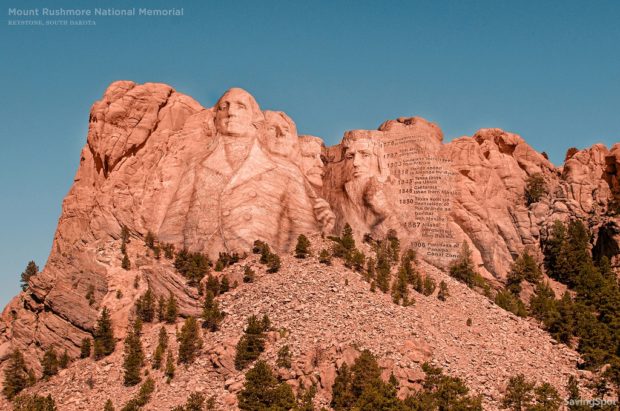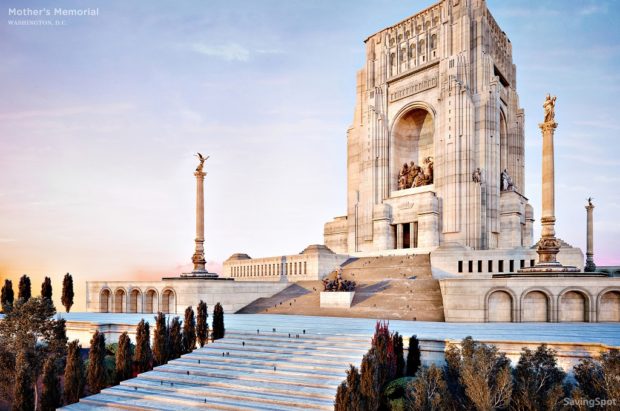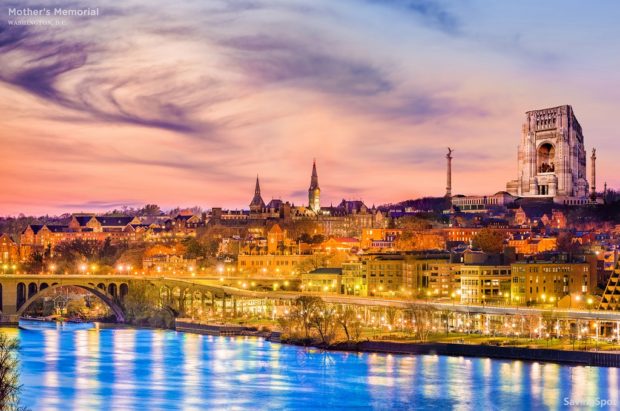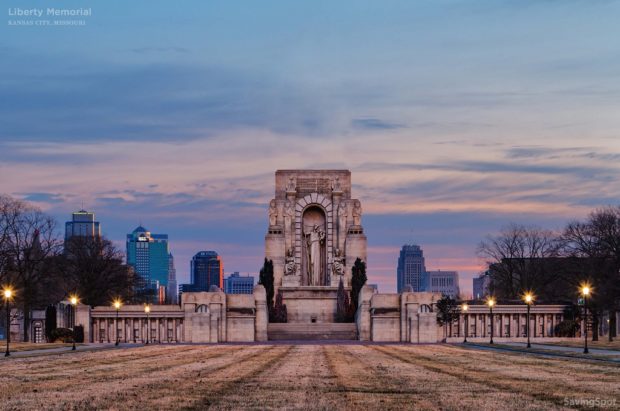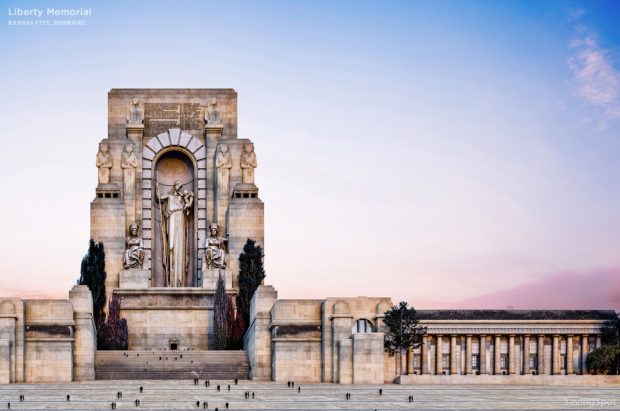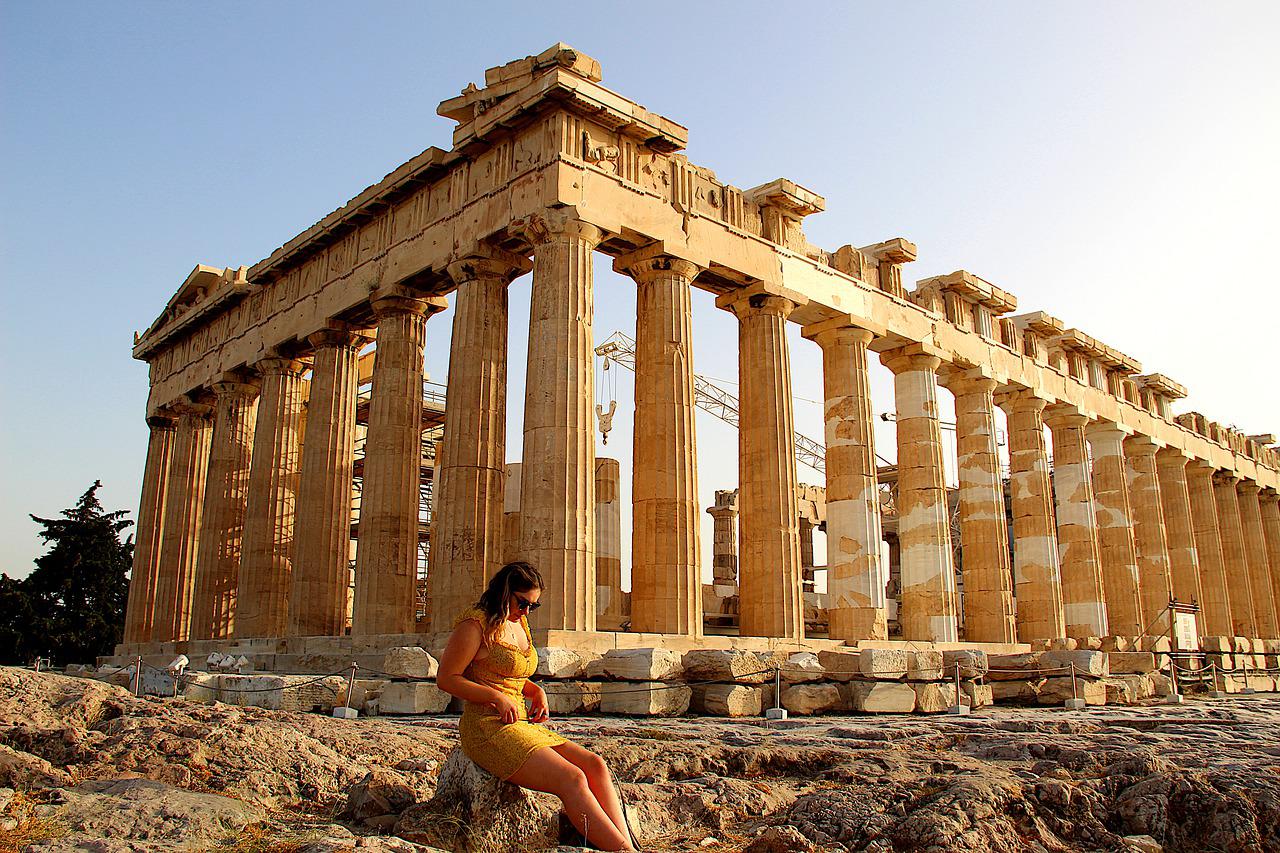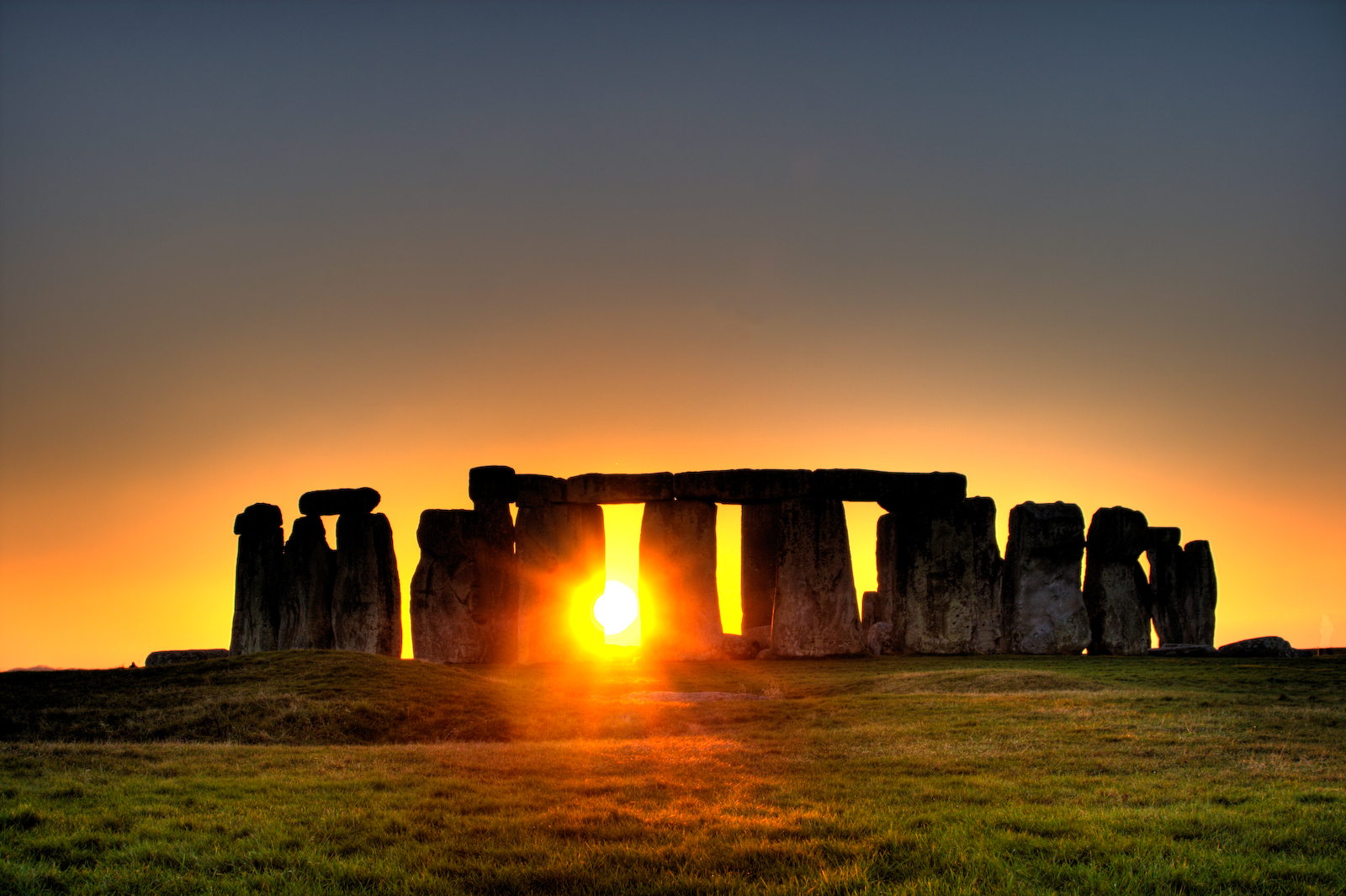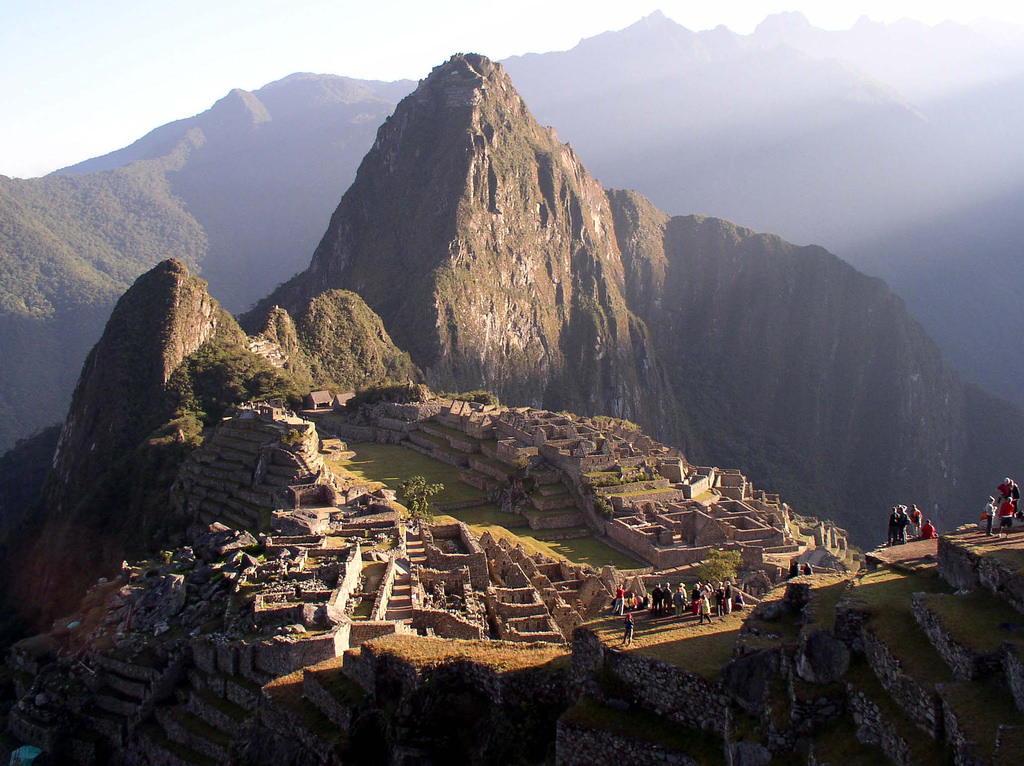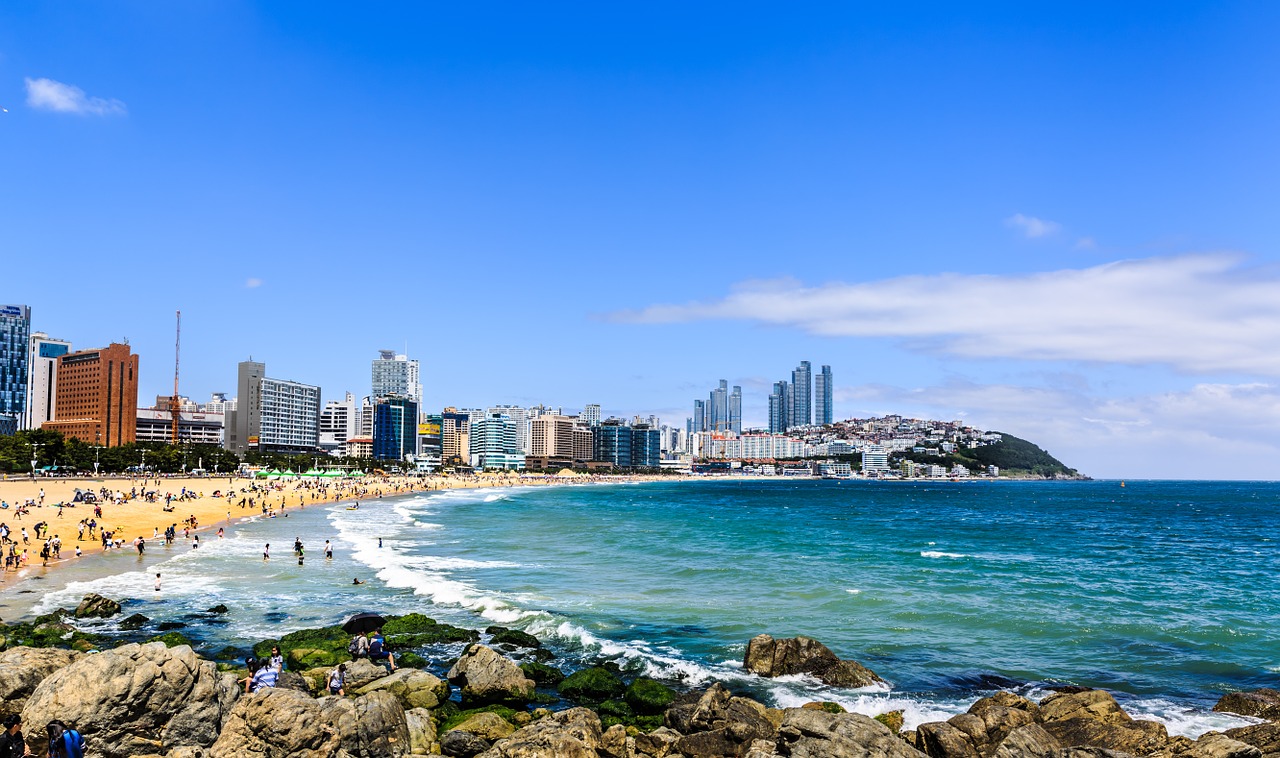American memorials and monuments are human-made landmarks that position us in the landscape – but they position us in time and society, too.
A visit to a monument is like travelling through three time zones at once. It gives a hint of what has been; it tells of what its creators wanted us to remember (and how they thought it should be remembered); and it also enables us to reflect on our present circumstances and to look at the community around us in a certain reflective light.
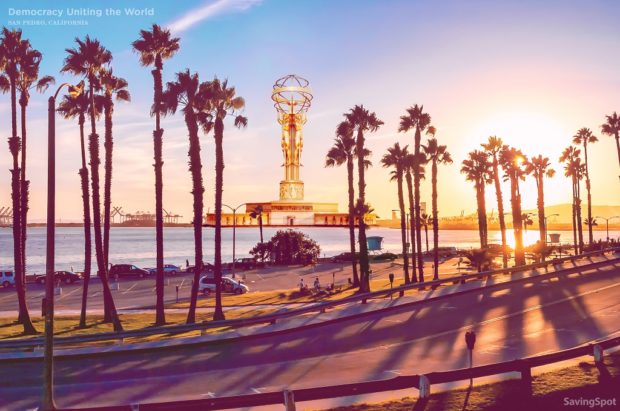
But there’s a certain type of monument that doesn’t just cross time-zones – it crosses dimensions, too. These are the monuments that were never built. Statues that were planned and scrapped. Structures that were too controversial to see through to completion. They tell the story of a different way of seeing America, and they exist in a kind of shadowland next to the one that we occupy.
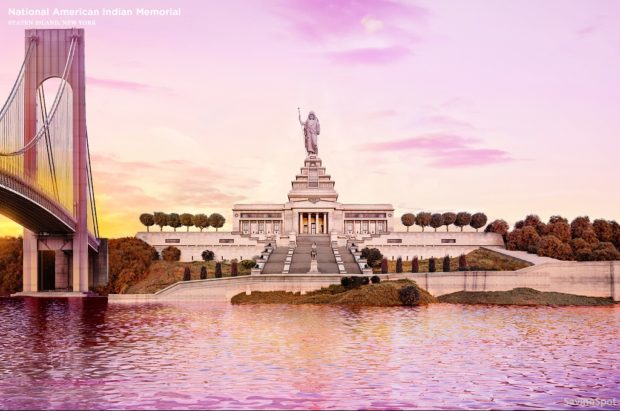
The folks at CashNetUSA wanted something a bit more concrete to go on – so they researched a range of unbuilt monuments and create a new set of visuals showing how they might have looked.
In some cases, it’s just a minor adjustment. The Mount Rushmore presidents were at one point slated to be full-figure sculptures, until money and internal squabbling among the heritage team caused the project to be scaled back. Lucky they didn’t start with the feet!
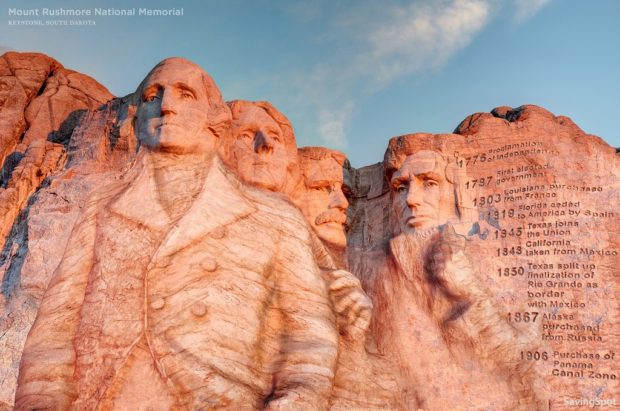
We might also have ended up with a cowboy memorial. The original vision of the local figures who wanted the mountain carved up was to memorialize regional ‘heroes’ such as Chief Red Cloud, Buffalo Bill Cody, and Lewis and Clark. But the sculptor they employed to do the work, Gutzon Borglum, wanted to do something that would have a wider resonance – so the Sioux warriors were out, the dead presidents in.
Other imagined memorials were more controversial still. A certain Mrs. Clarence Crittenden Calhoun proposed a not-unwarranted tribute to motherhood in Washington DC: a stone structure that would (according to the Washington Post) “typify the light of maternal solicitude always watching over the world,” being visible “from every part of the National Capital and its approaches.”
The controversy was not in the choice of subject (although no doubt there were plenty of men asking “what about a tribute to Fatherhood?”). The problem was the financial dispute that arose between Calhoun, who was somewhat reluctant to part with the promised fee for building the thing, and sculptor William Clark Noble, who fell down with a heart attack at the climax of the bitter legal trial that unfolded between them. The building was never delivered.
Or then there’s the Liberty Memorial in Kansas City. Perhaps you’ve visited the illuminated and optimistic tower that exists today. It’s a good example of the powers-that-be defining the way that our lost ones are remembered: Harold Van Buren Magonigle’s winning design defeated a far more interesting but somewhat gloomy sketch from rival Bertram Grosvenor Goodhue. Death in war is supposed to be triumphant, according to those in command; not a miserable waste of precious life.
Check out these and other unbuilt monuments below, and next time you visit one of America’s famous artificial landmarks remember to ask yourself: what did the people who made this want me to think? And do I agree with them?

